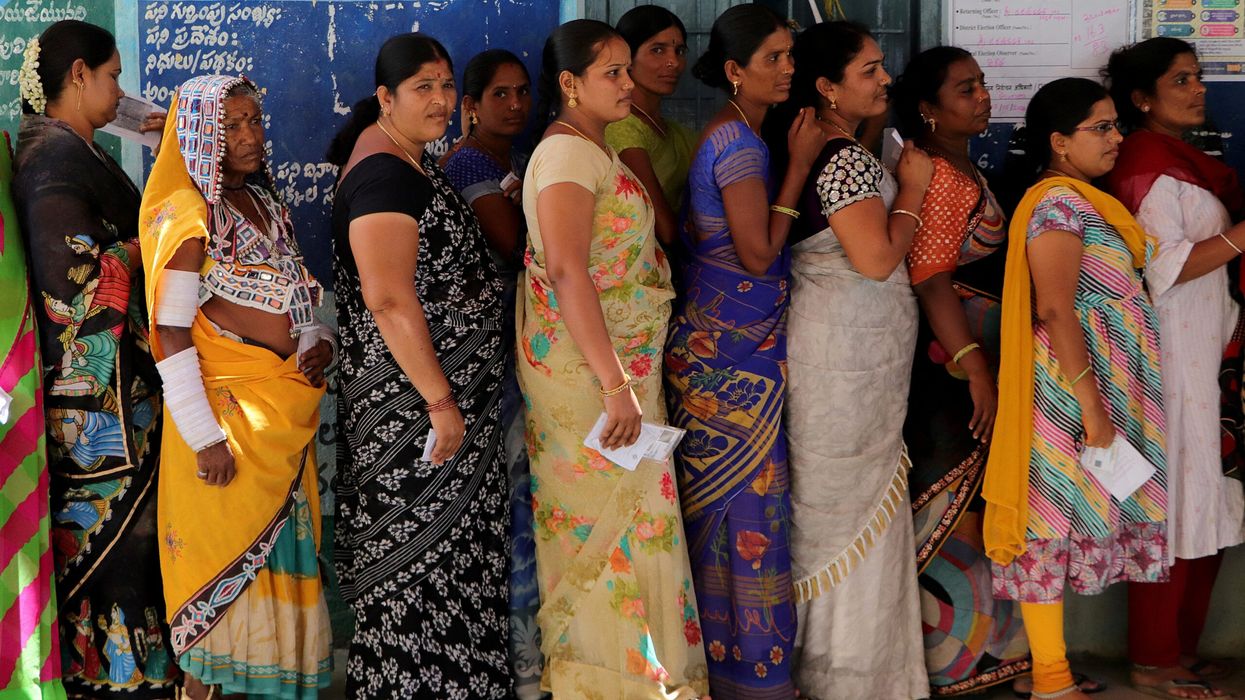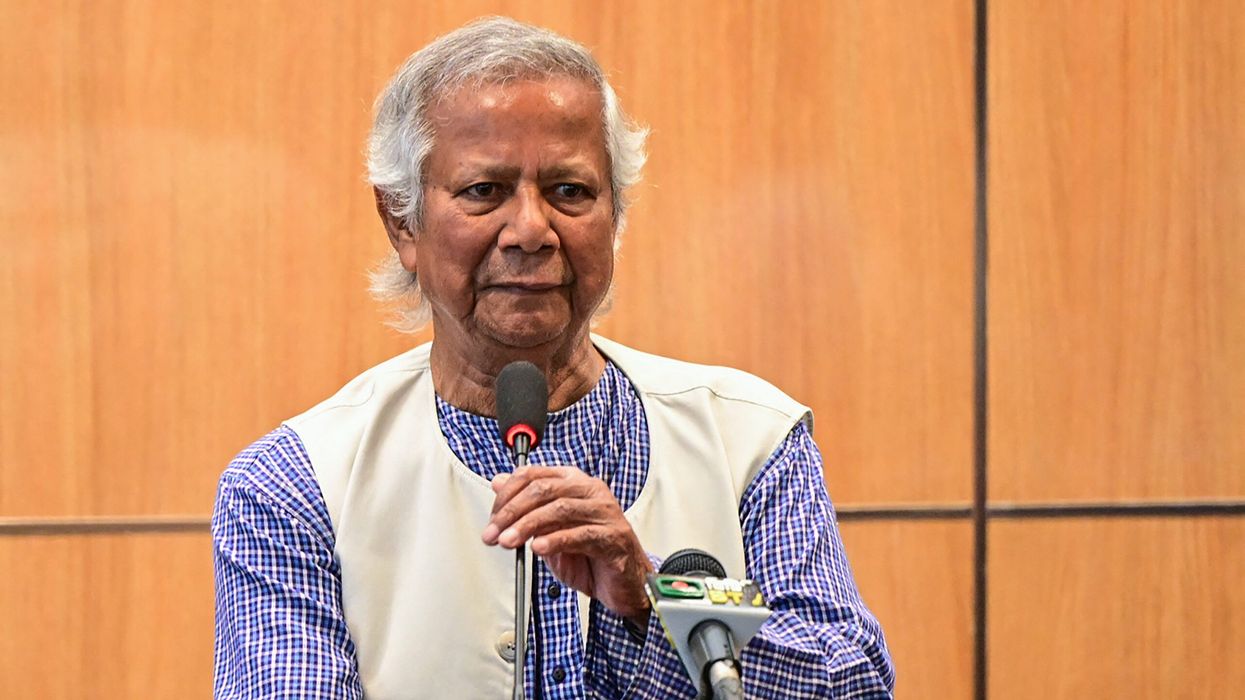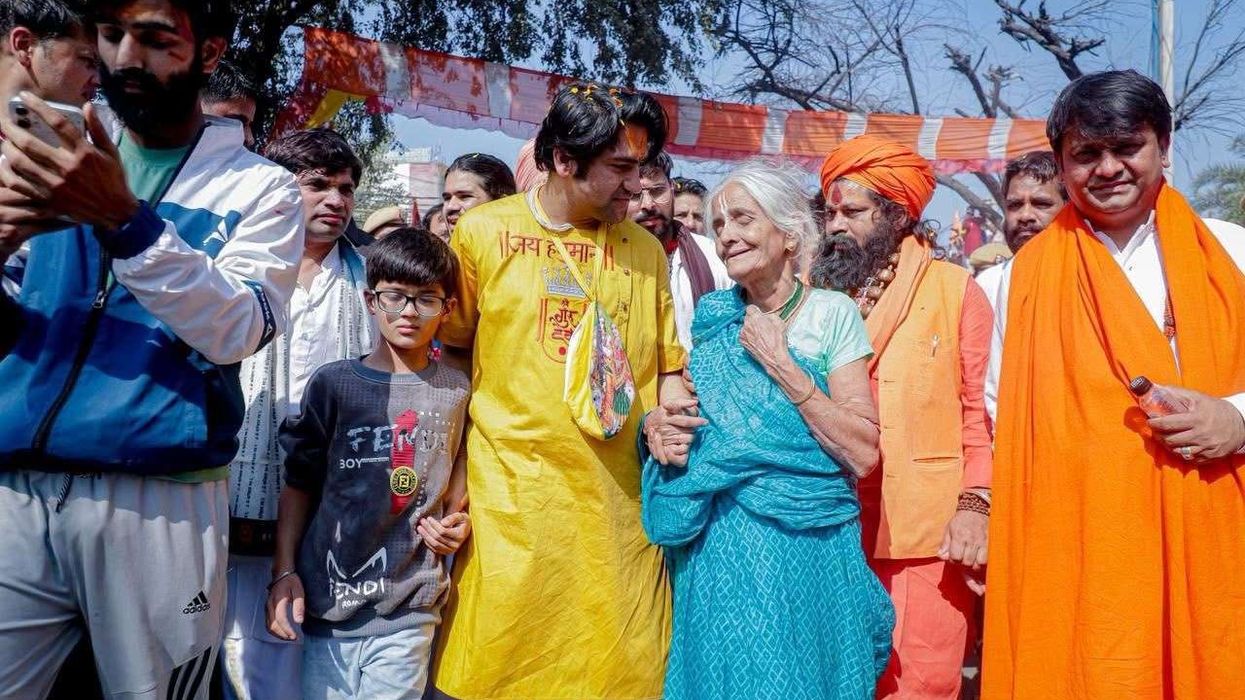The fourth phase of the Lok Sabha elections on May 13 saw a voter turnout of 69.16 per cent in 96 constituencies spread over 10 States and union territories. Incidents of violence and Electronic Voting Machines malfunctioning were reported in some States.
As per the Election Commission, the cumulative turnout in the first four phases of the Lok Sabha elections has been recorded at 66.95 per cent.
A total of 1,717 candidates were in the fray in this phase and 17.7 crore electors were eligible to exercise their franchise.
The prominent leaders in the fray included Samajwadi party leader Akhilesh Yadav from Kannauj in Uttar Pradesh, Trinamool Congress parliamentarian Mahua Moitra from Krishnanagar in West Bengal, and Bollywood veteran Shatrughan Sinha from Asansol in West Bengal.
Indore constituency in Madhya Pradesh, which was in the news after Congress candidate Akshay Kanti Bam withdrew from the race at the last minute, also went to polls during this phase. The Congress could not field a replacement and urged voters to opt for NOTA (none of the above) in protest. Meanwhile, Bam joined the BJP.
With this phase, the voting process in 23 States and union territories and 379 seats has been completed. The last three phases in the seven-phase general elections are scheduled to be held on May 20, May 25 and June 1 and counting on June 4.
Here’s a look at the key election developments this week:
High turnout in Srinagar
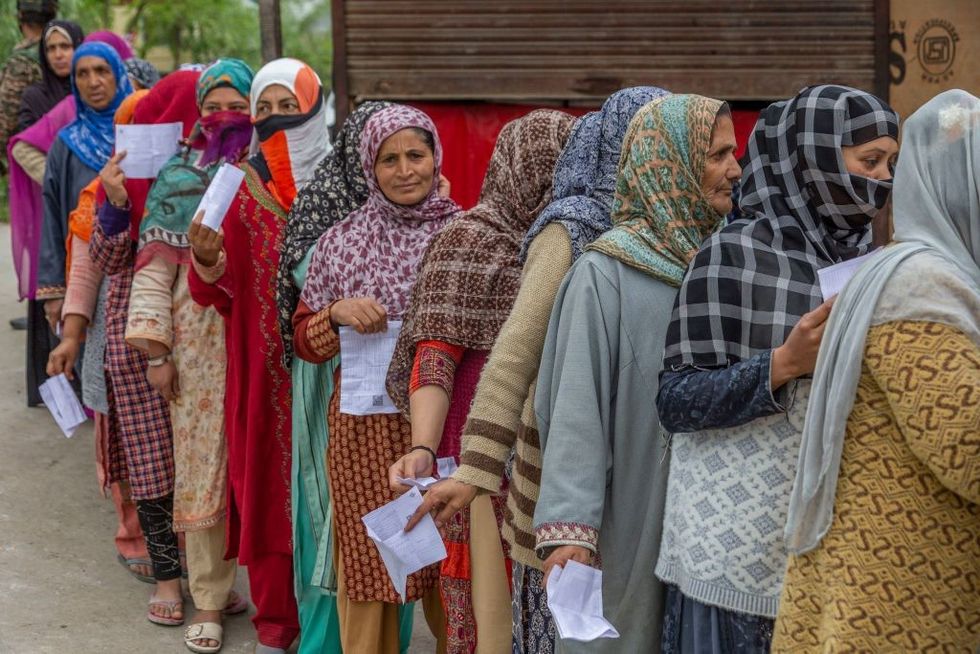
Elections were held in the Kashmir Valley for the first time after Jammu and Kashmir lost its statehood in 2019 and the special status granted under the Constitution's Article 370. Polling was held at the Srinagar constituency and Bharatiya Janata Party (BJP) chose not to field a candidate for the first time since 1996. Prime Minister Narendra Modi who is on a marathon election campaign tour across India has so far given Kashmir a miss. The constituency recorded 38 per cent polling, the highest ever since 1996 (40.9 per cent). The other two constituencies in the Kashmir valley, Baramulla and Anantnag will go to polls on May 20 and 25 respectively. Prime Minister Narendra Modi applauded the people and attributed the high turnout to the scrapping of Article 370. However, Kashmir's regional parties - Peoples Democratic Party (PDP) and National Conference (NC) said the higher percentage in Srinagar was people’s expression against the scrapping of this article.
Modi files nomination
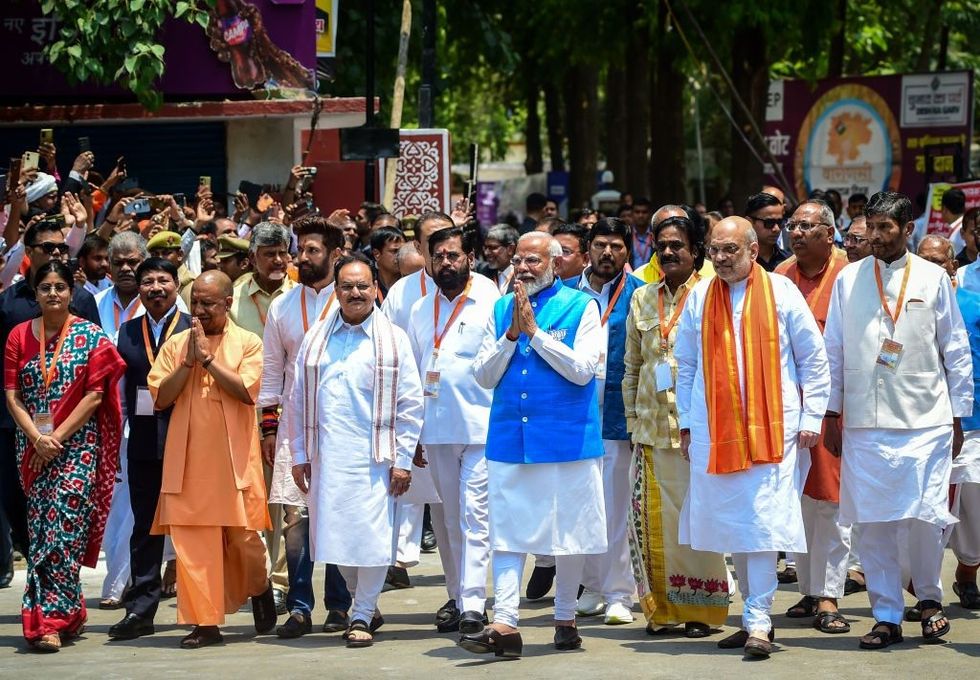
Prime Minister Narendra Modi filed his nomination papers from Varanasi Lok Sabha seat on May 14. UP Chief Minister Yogi Adityanath and four mandated proposers accompanied PM Modi. Varanasi will go to polls in the final phase of the General Elections on June 1. Modi is the sitting Member of Parliament (MP) and the Bharatiya Janata Party's (BJP) candidate from Varanasi. He won the seat in the 2014 and 2019 Lok Sabha Polls. Modi will contest against Uttar Pradesh Congress Chief Ajai Rai and Bahujan Samajwadi Party's (BSP) Athar Ali Lari. Six candidates are in the fray and the Election Commission rejected the nominations of 33 candidates, including that of stand-up comedian Shyam Rangeela. His mimicry act of Modi is very popular on social media.
TMC to extend outside support to INDIA
West Bengal chief minister Mamata Banerjee has said the BJP will not get a majority, let alone win 400 seats, in the Lok Sabha elections, and her party Trinamool Congress (TMC) will extend outside support to the opposition INDIA alliance to form the government. Though TMC is a part of the INDIA bloc, it chose to go it alone in Bengal. The Congress and the Left Front have a seat-sharing arrangement in the state under which the Left parties are contesting 30 seats and the Congress in the remaining 12 seats. The TMC chief also slammed the Election Commission for holding general elections spread over two months and accused it of being a puppet of Narendra Modi government.
Jaishankar slams Western media
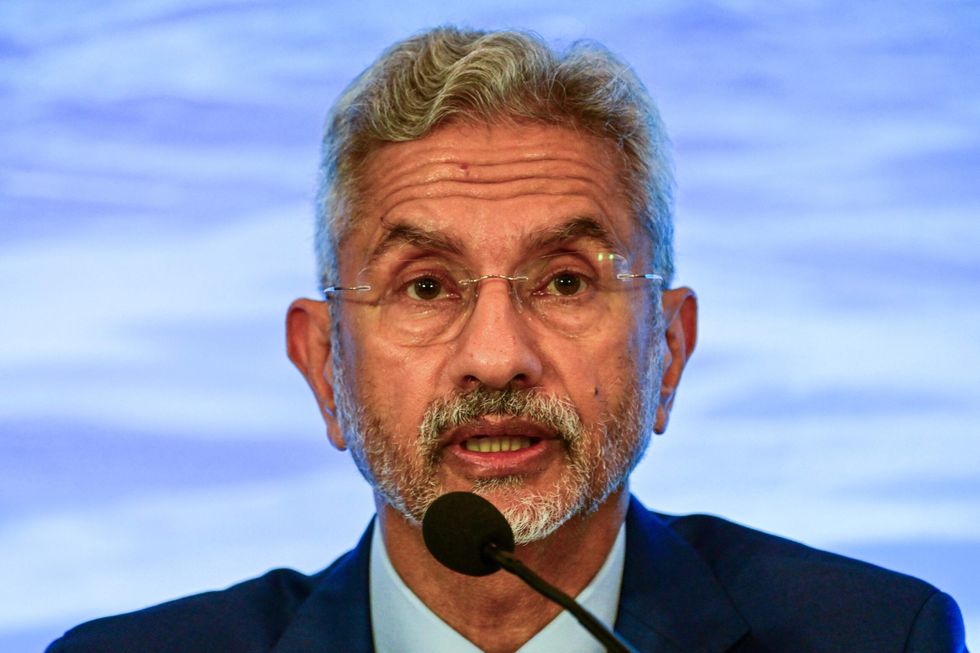
External Affairs Minister S Jaishankar slammed the Western media for its ‘negative coverage’ of the Lok Sabha elections 2024. He said that they want to influence India because that’s their habit and that’s something they have been doing for years. At an event in Kolkata, he said, “They would reputationally damage you, somebody will bring out an index and put you down in that. Countries that have to go to court to decide the result of their election are giving us gyan about how to conduct the election. That is the mind game that is happening in the world." Jaishankar also pointed out the preference of Western media for certain classes and ideologies in governance, which contrasts with the choices of the Indian electorate. "Why these newspapers are so negative on India? Because they are seeing an India that is not in a sense compliant with their image of how India should be. They want people, ideology, or a way of life...they want that class of people to rule this country, and they are disturbed when the Indian population feels otherwise," he explained.
Trivia
Google's tribute to Indian election
Google has been running a doodle on its homepage to mark each phase of India's general election. On each polling day, Google replaces its iconic logo on the homepage with an image of an index finger marked with indelible ink – a symbolic gesture of the democratic electoral process in India. The doodle is visible only to its users in India. When it is clicked, it leads users to top stories on the latest updates of elections.
Quote of the week
I believe that the people of my country will vote for me. The day I do Hindu-Muslim, I will be unworthy of public life. And I will not do Hindu-Muslim. It is my resolve.
Prime Minister Narendra Modi
